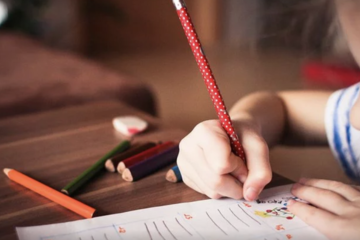We found 58 results that contain "time"
Posted on: #iteachmsu

Assessing Learning
Social media: what is?
Posted by:
Rupali Jagtap

Posted on: #iteachmsu

Assessing Learning
Classroom Culture
Posted by:
Roni Smith

Posted on: #iteachmsu

Navigating Context
Facilitating Collaborative Discussion
Posted by:
Chathuri Super admin..

Posted on: #iteachmsu

Mapping the global threat of land subsidence
Posted by:
Chathuri Super admin..

Posted on 1: #iteachmsu

Mapping the global threat of land subsidence
Posted by:
Chathuri Super admin..

Posted on: #iteachmsu

Mapping the global threat of land subsidence
Posted by:
Chathuri Super admin..

Posted on 1: #iteachmsu

Mapping the global threat of land subsidence
Posted by:
Chathuri Super admin..

Posted on: #iteachmsu

Assessing Learning
Denial-of-Service (DoS) Attack
Posted by:
Rupali Jagtap

Posted on: #iteachmsu

Assessing Learning
Agriculture
Posted by:
Chathuri Hewapathirana

Posted on: #iteachmsu

Assessing Learning
Agriculture
Posted by:
Chathuri Hewapathirana

